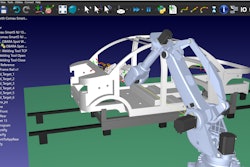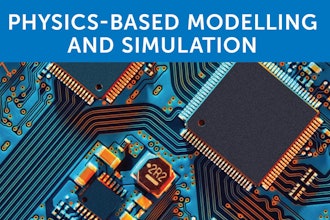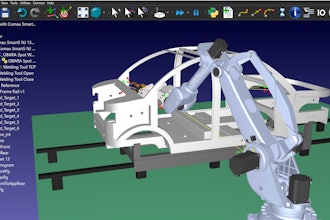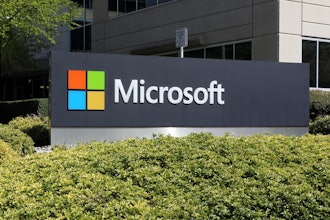The traditional manufacturing model for intelligent devices is shifting. The model is moving away from long design and production lead times, physical product variants and complex supply chains, toward a new era in which manufacturers require the ability to go to market faster with differentiated product offerings. Manufacturers are increasingly leveraging software to “add value and differentiate” and are essentially transforming into software companies.
To succeed, manufacturers need to shift how they think about everything from business models, to processes and financial controls. Here are steps manufacturers can take to ensure they profit from software.
Identify Waste
When a company manufactures physical goods, it’s easy to identify defective material that becomes waste and a drag on the bottom line. But, in the Digital Economy, the goods produced are not physical but rather a “license to use” digital goods within well-defined boundaries. A license-to-use is not a one-time event but an entire series of interactions with a customer that evolve and grow over time as the usage of the digital goods continues.
Waste, therefore, is more difficult to measure — it’s a problem of not maximizing revenue over the lifetime of the business relationship with customers because the sale, deployment, use, replenishment and tracking of digital goods is not effectively managed. When companies only focus on the initial sale — and not the ongoing relationship — digital waste can easily cost 25 percent or more of overall revenue. Financial signals that can alert a manufacturer to revenue leakage include:
- Maintenance or subscription renewal rates are lower than the industry best practice value of 85 percent to 95 percent, or renewals are late or incomplete.
- Business processes do not enable the ability to create targeted upsell campaigns to the appropriate individual, creating a void of 5 percent to 10 percent of revenue.
- Manual-intensive audits (of the largest revenue producing customers) reveal overuse of goods by 10 percent, if not more, meaning the producer is not getting paid for software that has been deployed and is being used by the customer. Many software producers are startled to find these levels of software license noncompliance, which are common without software compliance controls and monitoring.
Any company that manufactures devices with software that doesn’t effectively manage software entitlements is leaving money on the table.
Understand The Revenue Model
In a software-centric business model, the value of the software is monetized in addition to the hardware. The revenue model is built upon an ongoing relationship with the customer to enable continuous expansion. Once the order is taken, the end-customer is provided access to the software and is able to use the software, potentially move software functions among machines, renew support (to enable access to new versions) and expand functionality. In this paradigm the “heavy lifting” in the supply chain is done after fulfillment to manage the ongoing lifecycle of the software revenue model.
Leverage Entitlement Management To Maximize Software Licensing Revenue
When a customer purchases a license, they have actually purchased an entitlement — a right to access certain features and functionality — contained in the license. Entitlement management is a critical business process that provides clear understanding of which device and its corresponding features and functions customers have access to and for how long (the term). This is essential to maximizing revenues and profits and ensuring the financial health of the organization.
Entitlement management also provides visibility into what customers are actually using. For instance, an entitlement represents the end-user’s rights to use the software, access maintenance, use training and more. Once users acquire these rights it is their choice to activate them, which generates a license to use the actual software.
Implement An Effective Entitlement Management System
If the software entitlement management process does not exist, is not well-thought-out or has not been automated, the company will operate inefficiently. Yet, many manufacturers either do not manage entitlements as part of their financial management, they do so manually or they attempt to shoehorn entitlement management into existing back office systems such as CRM or ERP.
A purpose-built entitlement management system, in contrast, provides capabilities to manage the entire software lifecycle and steer the company through all stages of the end-to-end business process —pricing, quote creation, contract and order management, invoicing and payment processing — therefore maximizing financial results.
As devices become intelligent and Internet-connected, the business model of traditional manufacturing is shifting to become software-centric — opening up vast new potential revenue streams. By following these steps, manufacturers can rest assured that they are poised to profit from their software.
About The Author: Joe Freda has been the chief financial officer of Flexera Software since its inception in April 2008. As CFO, Joe is responsible for the global financial operations of the company, including financial reporting, cash management, taxation and budgeting/planning, while also managing Flexera's lender relationships. Prior to joining Flexera Software, Joe was the finance leader for a division of Sallie Mae.
(Cover image: AP Photo)






















